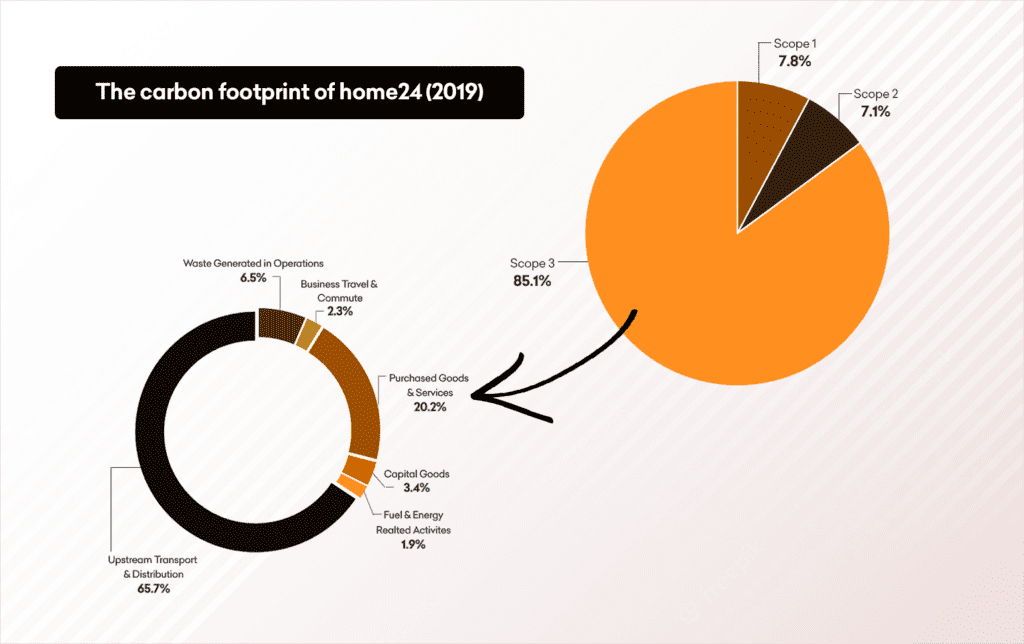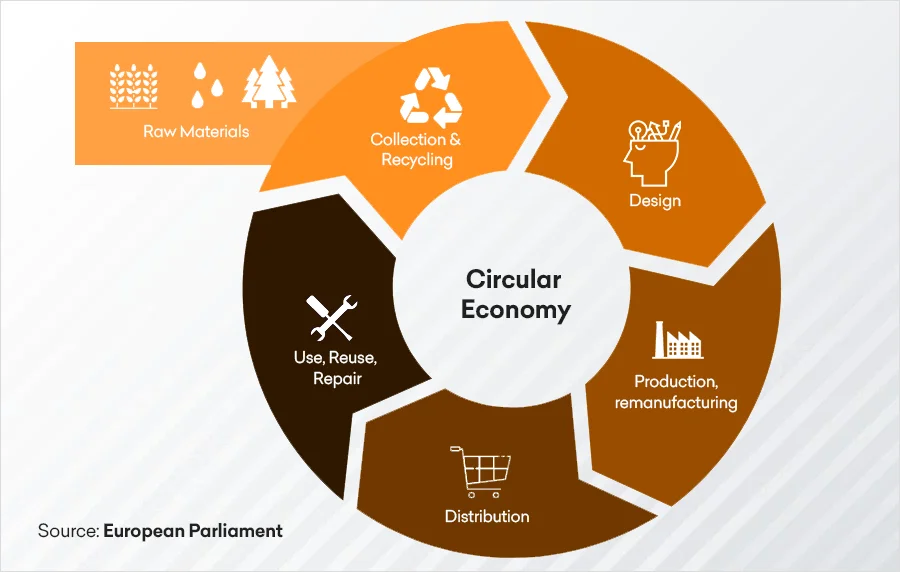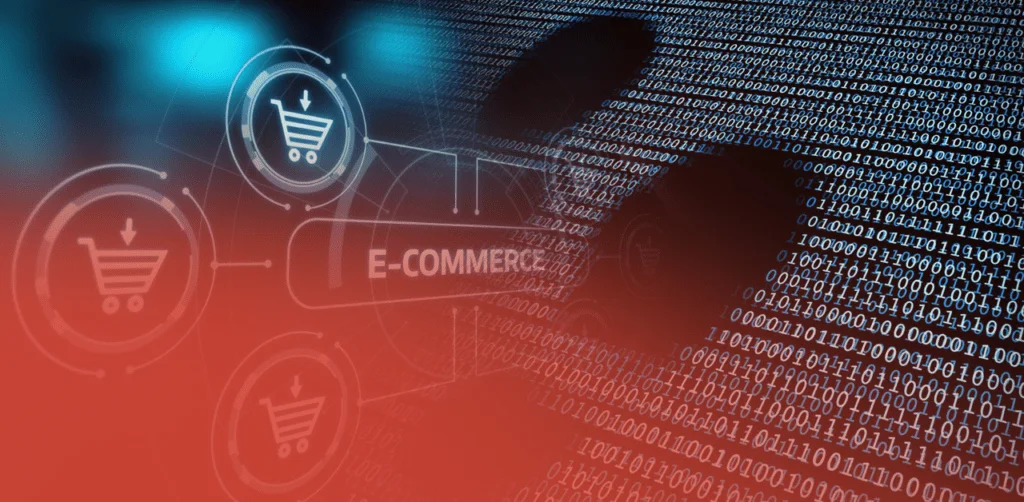As you see, E-commerce is becoming more and more popular around the world. Imagine ordering something online and expecting same-day delivery. Even searching something like that on the internet takes 0.2g of CO2. Yes! That’s right. Hence, to follow the suite, diving into reducing ecommerce footprint with digital becomes important.
Last-mile deliveries, according to logistics professor Alan McKinnon, are the most energy-intensive step of a delivery footprint. With more people purchasing online, demand for last-mile deliveries is predicted to increase by 78% by 2030, with e-commerce and food delivery companies racing to provide speedier house deliveries. Speed deliveries, however, almost triple the footprint of online deliveries.
Meanwhile, customers are becoming more environmentally sensitive, and there is a growing need for sustainable e-commerce. With spiking emissions and plummeting resource capacity, there is a piqued interest in a circular economy model around eCommerce companies all over the world.
However, there are difficulties in putting circular models into practice. In this write-up, we are going to go deeper into how one can work towards reducing ecommerce footprint with digital in real-time.
Analyzing the Carbon Footprint of E- Commerce
There lies various factors when analyzing the sectors or areas where CO2 emissions are high. For most of the eCommerce companies these do not vary by a larger extent. For now, let us try to understand this through an eCommerce example of Home24 which is a leading home and furniture retail brand.
As quite visible in the below picture (left side), Scope 3 is the primary source of carbon emissions for most businesses. This holds true for e-commerce businesses as well. Now, Scope 3 emissions are those that originate outside the organization, such as in the supplier chain. These usually dominate the corporate carbon footprint, as evidenced here.

To dive further into Scope 3, we can easily see different types of Scope 3 emissions. As evident, transportation and distribution are the most significant Scope 3 emission drivers for home 24. The rationale is simple: e-commerce businesses rely on a complicated logistics and delivery network, which is reflected in the carbon footprint of the business. In fact, the three key aspects of an e-commerce company’s footprint are freight, delivery, and packaging.
Top 3 Ways to Reducing the Carbon Footprint of E- Commerce
#1 Switch to Climate-Friendly Shipping
In e-commerce, the desire for quick deliveries has never been higher. Global freight transport currently accounts for 8% of global carbon emissions, with last-mile shipping accounting for a substantial amount of this.
Effective methods for reducing the impact of e-commerce shipping are already available and will continue to develop. DHL, FedEx, and UPS, for example, have prioritized climate action and offer ecologically friendly options such as paperless invoicing, carbon neutral shipping through carbon offsets, and greener shipping options such as bicycles and electric vehicles.
You can also cut down on last-mile delivery by setting up handy pick-up spots near clients or partners so that items can be dropped off all at once rather than driving to each customer separately.
Read some more here!
#2 Solve for Reducing Customer Returns
Customer returns cost our planet around 15 million tons of CO2. Can you imagine that? Just eCommerce order returns alone! A Shocking figure!
The fault isn’t just at the retailer’s end, it is on the customers too to take care of the planet. When free returns are allowed, 30 percent of customers purposefully order more and return undesirable things, according to research. Customers may be hesitant to order extra things if free returns are no longer available.
Retailers should also consider systems that include self-service returns. With a clever rules engine, undesirable returns can be avoided, and any remaining returns’ carbon emissions can be compensated automatically. As a result, there is less waste because paper return labels are no longer required, and all returns are tracked online.
#3 Capitalize on becoming Energy Efficient

E-commerce sustainability extends beyond shipping and packaging. One should also consider their general business operations, such as how their offices and warehouses are handled.
In reality, the use of electricity in the brand office and warehouse should not be overlooked, as it can be a significant source of cost savings for an organization. Switching to a renewable energy source would be the first and most important move, followed by modest improvements such as low-energy lighting and lowering the office temperature.
In Conclusion, a circular economy is the best way to go. And it can be achieved through necessary means. A concept of giving products a second life so it can not be simply used and discarded rather recycled. The circular model aims to stretch product life cycles, reduce waste to a minimum and overcome the loopholes of supply chains. Establishing a circular system is estimated to halve industrial carbon emissions in the EU by 2050.





